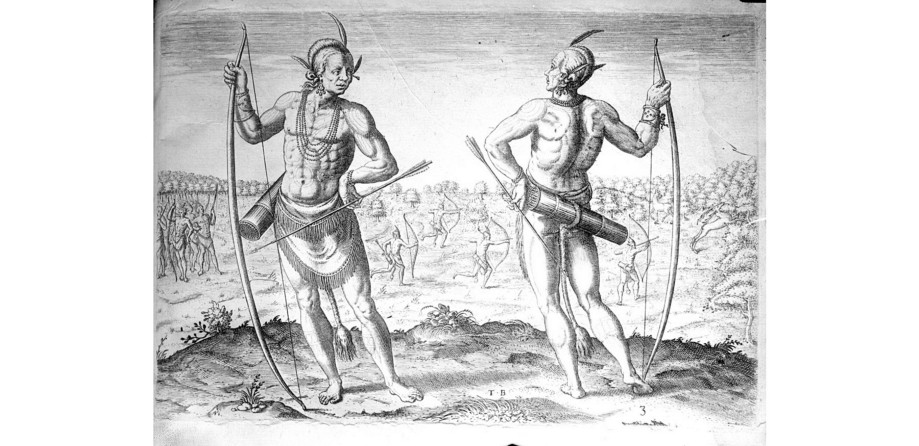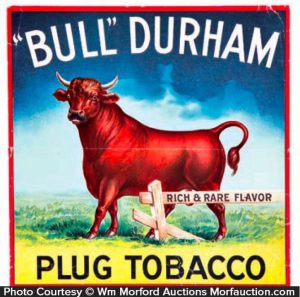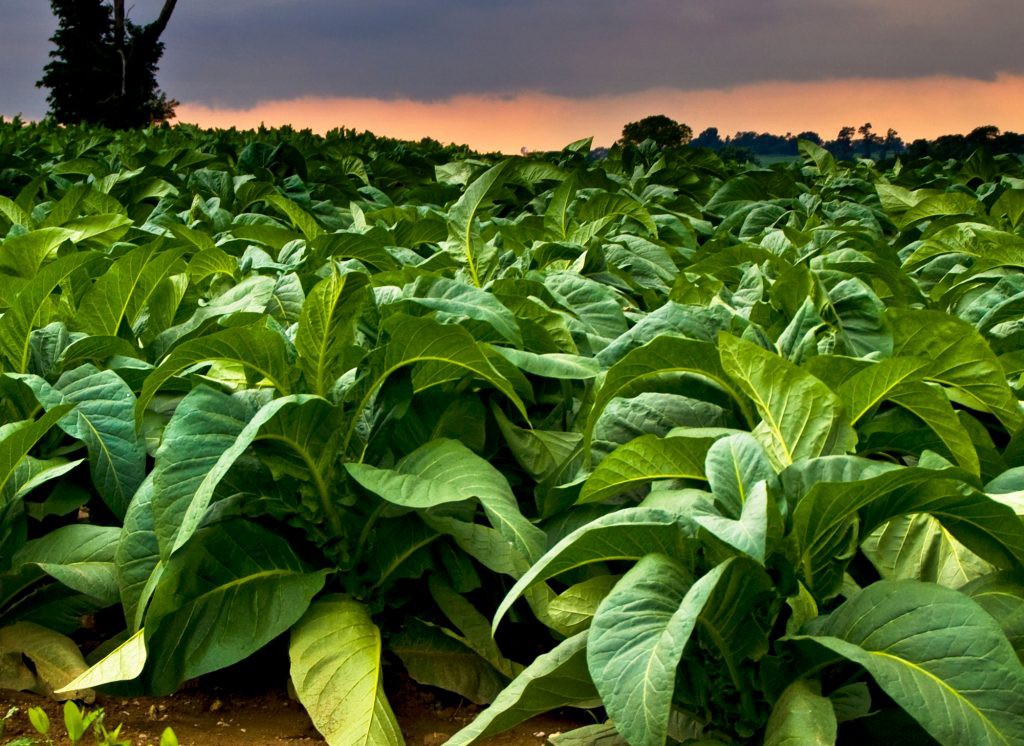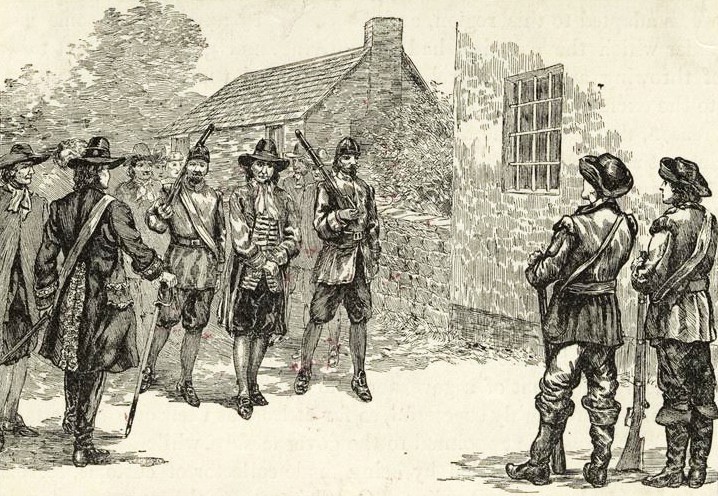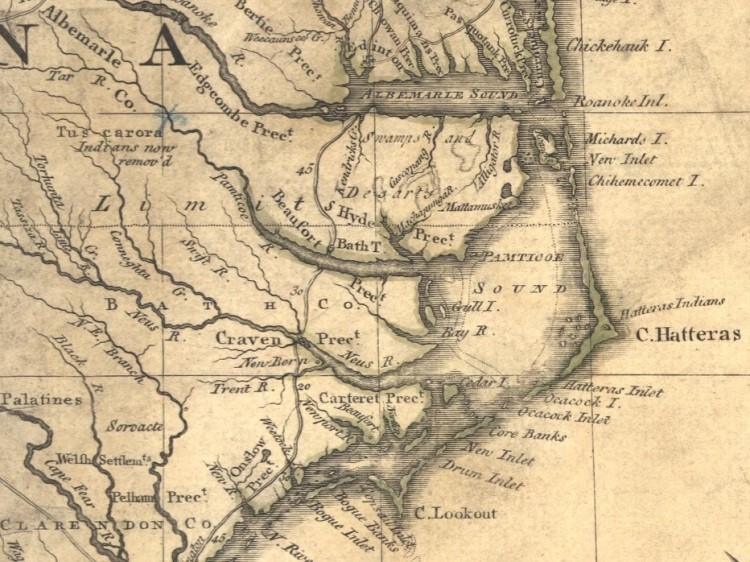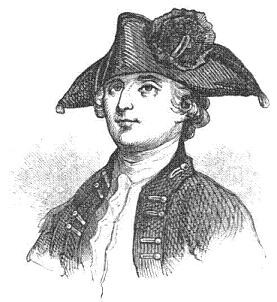One complication faced by historians researching the history of indigenous Eastern North Carolina peoples is the difficulty in untangling the various tribal and place-names found…
J William Denton Posts
By the middle of the 19th century, North Carolina was producing well over 30 million pounds of commercial tobacco thanks to the unique soil of…
Though no longer a powerhouse component of the North Carolina economy, the impact of tobacco on our state is undeniable. From its roots in Native…
A little known uprising, Culpeper’s Rebellion, was sparked in Eastern North Carolina near what is now Elizabeth City over the issue of taxation — a…
From September 22, 1711 to February 11, 1715, the British, Dutch, and German colonists of North Carolina fought against the Tuscarora Indians, an Iroquoian tribe settled around the Piedmont and north-central portion of the Coastal Plain. The colonists had maintained a shaky peace with the Tuscarora since early colonization. The Europeans, however, were known to mistreat and take advantage of the Tuscarora in issues of trade and settlement.
In the mid to late 1700s, before revolution broke out amongst the colonies, North Carolina dealt with its own unique rebellion. In the 1760s, citizens of the inland “back-country” counties of North Carolina began to protest against corruption and excessive taxation perpetrated by local officials. These citizens referred to themselves as Regulators, due to their desire to regulate their own affairs apart from government interference.

